Bob Bonniol – Living Light
Posted on September 5, 2023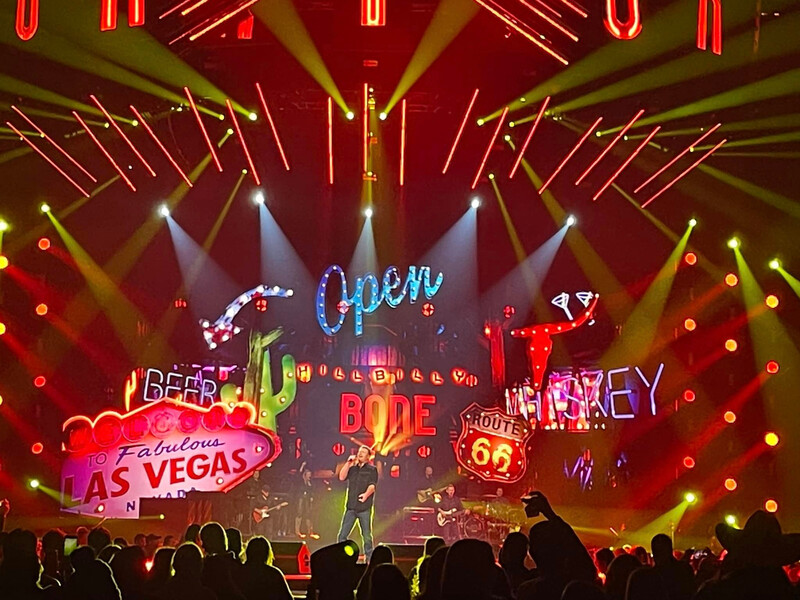
As is true of so many of his notable peers, this Seattle based creative has built his career on collaboration. He’s collaborated with many of the industry’s best too; Butch Allen, Steve Cohen, Patrick Dierson, Anne Milletello and Bryan Barancik being just a few who come to mind. Recently, though, he’s been exploring new ideas with an entirely different type of partner, one made not of flesh and blood, but of digital circuitry and algorithmic equations.
For Bonniol, AI has evolved from a high-tech tool to a dynamic, intelligent colleague, one capable of adding new perspectives to the production design process. He’s already worked with this collaborator (along with familiar human ones) to create startlingly beautiful and evocative work on tours for the likes of Billy Joel and Blake Shelton, as well as at virtual attractions like “Sinatra Live” at the London Palladium.
These impressive achievements are only the beginning. In Bonniol’s view, the industry stands at the cusp of an AI revolution. This is not, though a revolution that will topple the old regime. Rather than replacing human designers, the next generation of software will actually liberate them, giving them more freedom to expand their creative horizons while requiring less time and money.
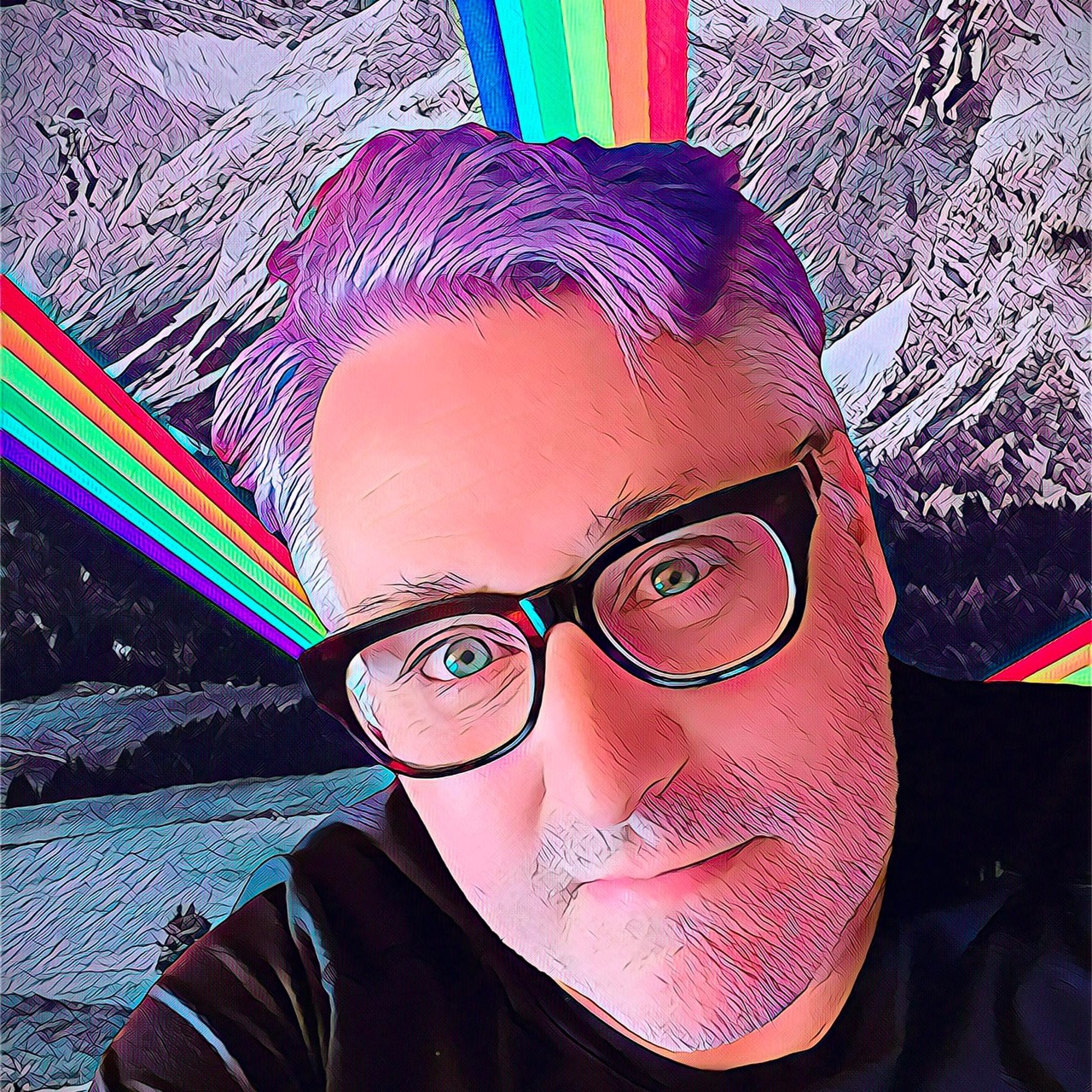 For Bonniol, the advent of AI is just another step in the ever-evolving world of design. What is a stage, or a movie, he asks, but a technology used for creative productions. At one time, these technologies were also new, but they’ve since been absorbed into the living, breathing world of storytelling. AI’s lifecycle is just beginning, and the promise it holds is great; Bonniol, for one, is eager to help it live its life to the fullest.
For Bonniol, the advent of AI is just another step in the ever-evolving world of design. What is a stage, or a movie, he asks, but a technology used for creative productions. At one time, these technologies were also new, but they’ve since been absorbed into the living, breathing world of storytelling. AI’s lifecycle is just beginning, and the promise it holds is great; Bonniol, for one, is eager to help it live its life to the fullest.
In the Rolling Stone article, you wrote “Welcome To Our Robot Overlords,” you recalled that when you were in your teens (in the very-early days of computing) you attended a computer camp at MIT, and while the other kids were focused on creating space games, you were looking to create a computer who would be a friend and “paint with pixels.” Now that we have AI and tools like Unreal Engine being involved in designs such as the one you and Steve Cohen recently did for Blake Shelton, how close are we to realizing the teenage Bob Bonniol’s vision of a creative friendly computer?
“I think we are right on the cusp of a huge evolution in how we create with technology. Truly it’s beginning to feel like the software is graduating from tool to collaborator in many respects. I am still bringing the curious human stew of influences, experiences, dreams, and thoughts, but I am now bringing them to a dialogue with a different kind of “intelligence.” That dialogue results in amazing new directions and opportunities.”
What is still left to do to realize that vision? Or put another way, how would you like to see technology change vis-à-vis its contribution to design?
“I think that we will see the application of expert systems, generative AI, and real-time processing start to deploy in adjacent technology in production like the lighting consoles, show control, audio… It’s already being integrated into tools like Disguise and Unreal Engine. A lot of the video post production as well. Imagine the value of being able to use natural human language instead of code or console syntax to get to an idea very quickly for an effect in a lighting console. Being able to create the desired vision to an 80% level and THEN get down to whatever parameter or nuanced value adjustment you wanted to. Imagine describing a series of painterly cinematic looks to your console, and it roughs in entire scenes or songs based on your input. I think this is something we will see soon.”
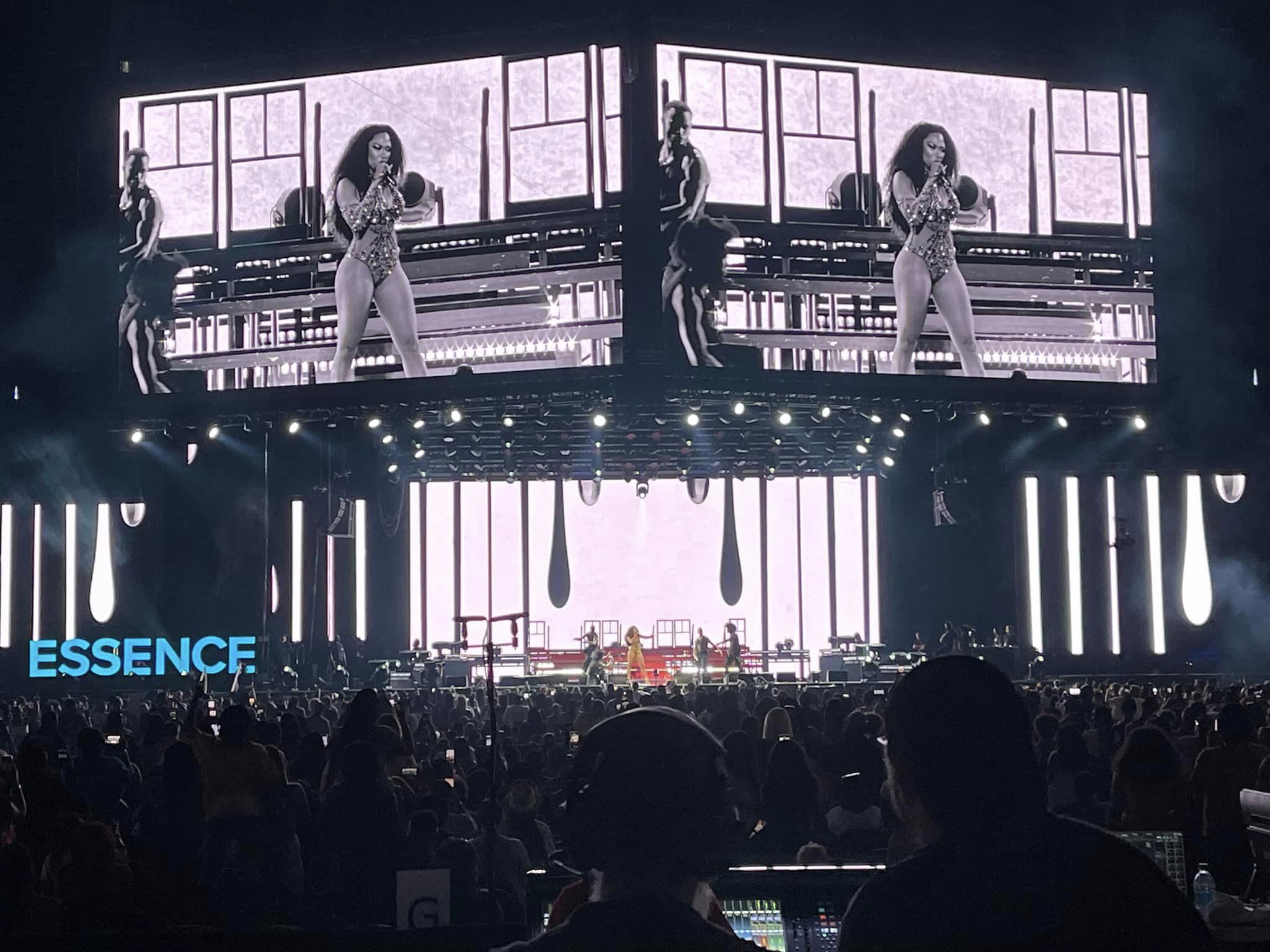
In that same Rolling Stone article, you asked “if you’re a graphic artist, a copywriter or a musician, is this robot coming for your job?” So, what advice would you give a lighting or scenic designer about staying relevant in a future where AI plays a role in design?
“It’s important to remember that being a designer is a marriage of how and why. The technology is going to significantly empower and speed up the “how” part. I can move efficiently and at a really high level of quality to great design prototypes now. In a world where we never have enough time or budget, I find this year I am consistently progressing my designs way past where I could get to before just because of the time and money it would take; but I still need to show up with the ‘why’ part. It takes a human to connect fully with what inspires, delights, and truly moves other humans. While AI may have huge amounts of information at its disposal, it still needs the intuition, and strange human connections of context to input the creative vision. There are many methods, and tools, and disciplines of creation, but at the center it all still requires a beating human heart to say “what if…,” and on the other end another beating heart to see it and say ‘WOW!’”
We were really impressed by how in the Blake Shelton tour we just mentioned, you were able to create these embracive virtual looks, while still maintaining a sense of intimacy between the artist and his fans. Can you tell us a bit about how you accomplished that?
“I think there are a few different ways to think about content in shows. A lot of shows use content cinematically, leaning into it to communicate narrative or psychology. Then there’s video design that I think of as scenic. I love that kind of approach, maybe because my roots were in theater and Broadway. I tend to be very specific and measured when I combine cinema with live production, but I love using content scenically — extending sets, fooling the eye and its ability to measure perspective, creating sense of depth or dimension. That was the approach Steve and I took on Blake. The central creative idea on that tour was to invite the audience into a Honky Tonk that Blake had brought. We wanted to make an arena feel like an environment, and for the show to feel very immersive and theatrical.”
In a social media post, you noted that the metaverse is a “dead mall” without programming and that it needs theatre. Can you elaborate on that point?
“We are seeing a lot of experiences extend into digital worlds. Concerts in Fortnight. Brand activations in Roblox. The idea of a metaverse got a lot of big tech companies excited, and what we saw was a lot of building platforms and devices. But as we all know, you really can’t just “build it and they will come.” Again, we need to have a really good why part of that equation. People need to feel drawn to an experience, and better yet to be able to participate in that experience. That requires not just a ‘stage,’ but also a story, an atmosphere, and people to play parts. I feel like some of the big tech companies have poured billions into building stages, but they also need to understand that having a stage or channel makes you a content company at that point. The most successful events in the metaverse are one’s that started with why and then figured out how and where. Theater has been a core participatory way for a bunch of people to experience a story together since we huddled in caves around fires. I think developing theater in the digital world is the next big evolution for theater in general, and also a powerful energizer to draw people into this new place to experience.”
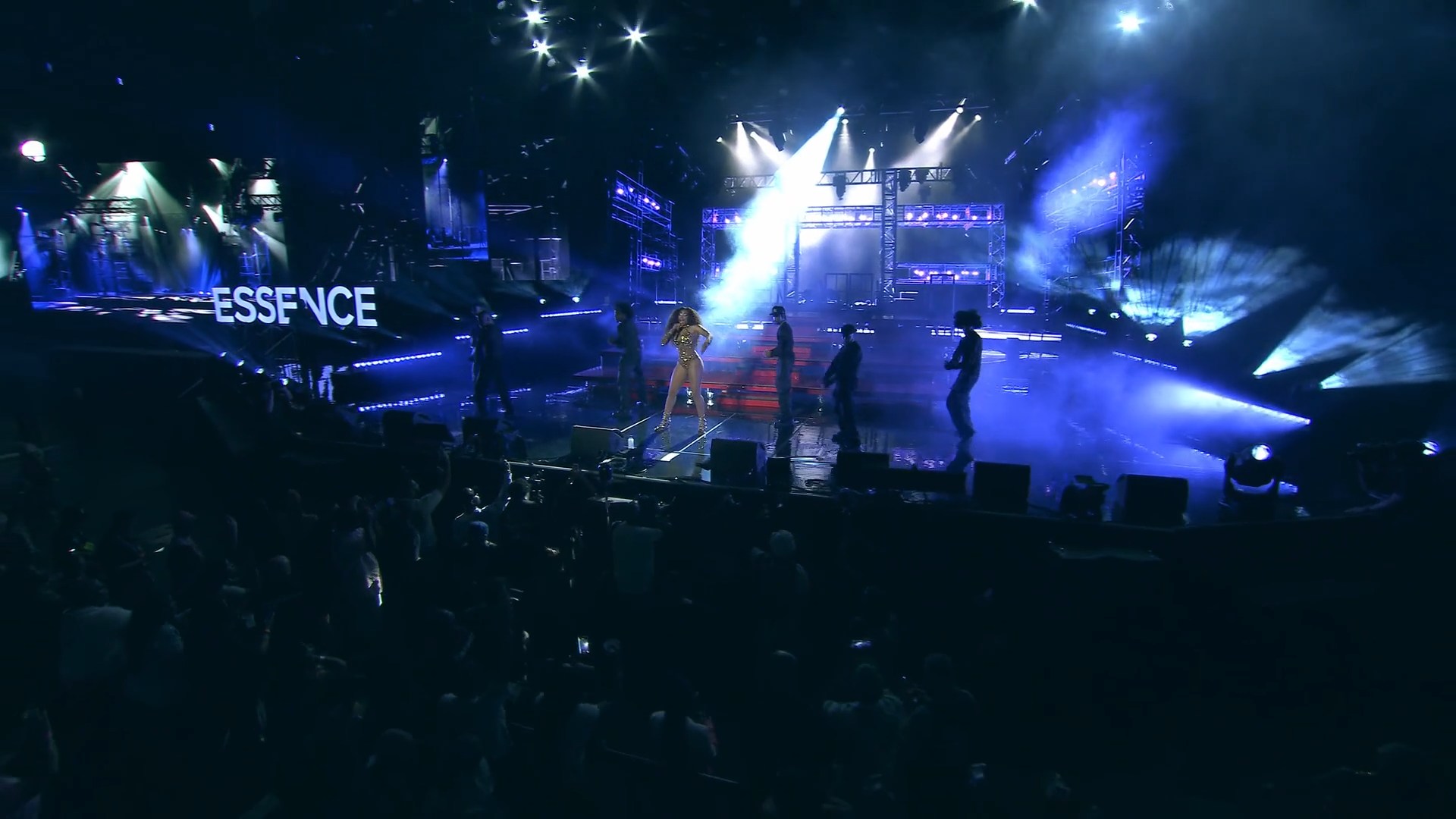
We talked about Blake Shelton – you also collaborated recently with Steve Cohen on the Billy Joel tour. We were awed by how you absorbed video into that production, particularly with songs like “We Didn’t Start The Fire,” where you created this transformative effect by not only showing the historical figures mentioned in that song, but also how you had those images on a cell phone screen with a hand sliding from one to the other. Then you went back to images of the artists on stage and the audience. There was variety, and an element of surprise to the whole thing. So how important are variety and surprise to video content?
‘Steve has such a deep relationship with both Billy and the material. He was very specific about what the song needed to do and what the messages behind it are. A lot of Billy’s song mix thoughtful consideration of social or human experiences with humor, or whimsy. Fire is a song that has a pretty serious philosophical message but also has a little fun while communicating that message We wanted to bring some contemporary behaviors and tropes to it, so the whole idea of swiping right or left for that cast of characters immediately seemed fun.”
On the subject of video backdrops, how do you compare the roles of LED walls and projections in the new AI landscape?
“Projectors and emissive screens afford different opportunities. With projectors I can wrap shapes and architecture in images. With LED I have brightness of course, and also a way to be structural with video surfaces. One thing we did on Blake which I loved was to use virtual projectors in Unreal Engine to “projection map” on the virtual scenery. It looked amazing, and really started to make you question what you were looking at. Visually it looked exactly like we’d pointed projectors at architecture and scenery, so it helped sell the idea that the audience was looking at something in the real world.”
How about blow-through video walls. What are your thoughts on them?
“I love them. Layers in design are a big priority for me. Translucent LED allows me to put other image behind it, or lighting, or scenic architecture and create depth.”
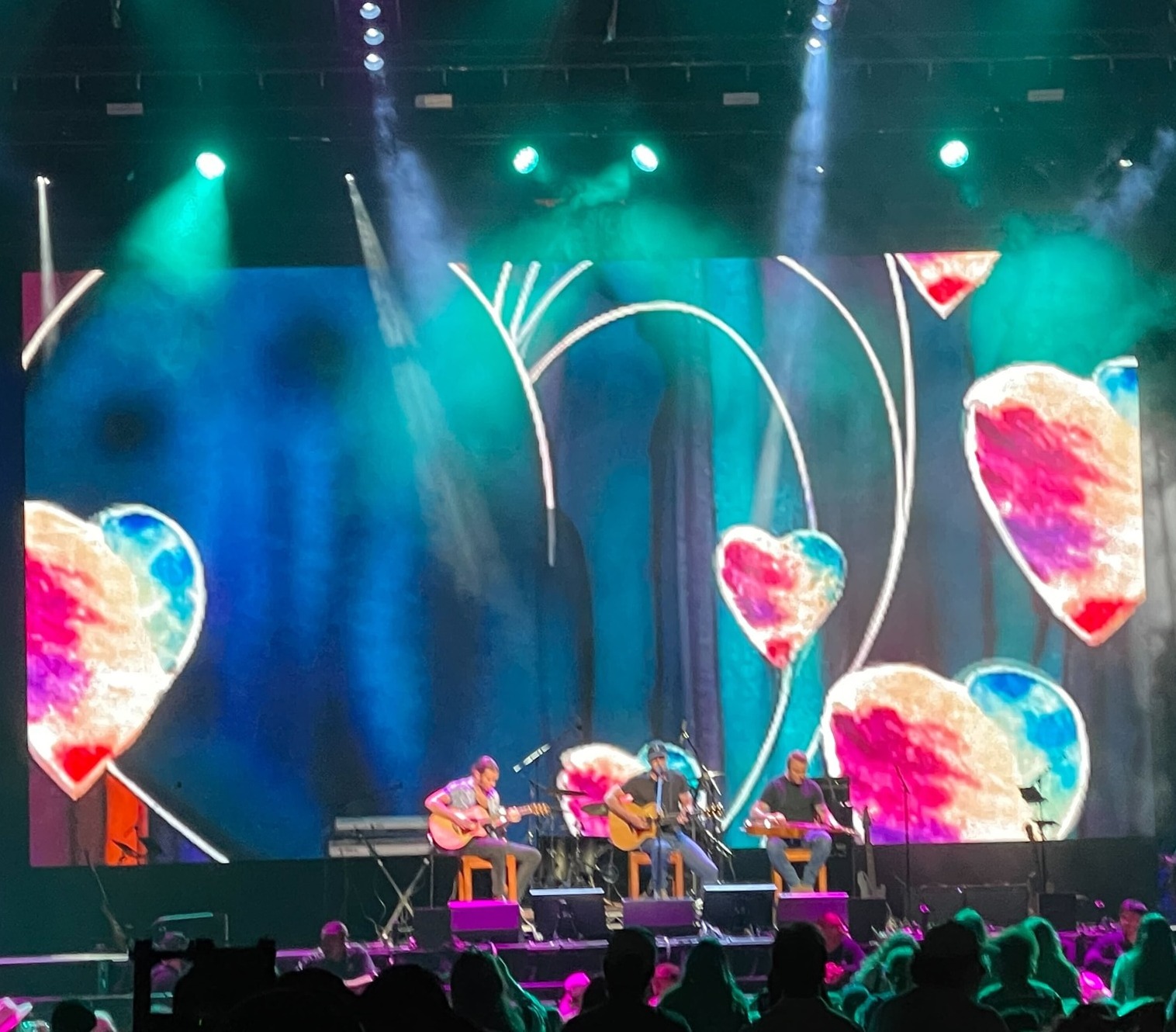
How does the emergence of more elaborate video walls and blow-through walls change the role of lighting in production design?
“It continues to merge the crafts. Designers who have mastery of all these toolsets can create really integrated holistic results. As a LD I have always felt I had two major responsibilities: illuminate scenery and people for visibility and attention, and then also use lighting to extend place, atmosphere, and psychology. Having really creative display solutions in the midst of that enhances both missions.”
We mentioned a couple of your recent collaborations with Steve Cohen. Lighting designers regard you as an excellent collaborator. What is the key to successful collaboration with lighting designers, and has emergence of AI changed the dynamics of collaboration?
“Well, I started with lighting and lighting design, so I think I collaborate easily with LDs. I am aware of what they need to get done, and also how they might do that. As I moved into video and production design, I have always integrated those things into a bigger idea that included lighting. My brain just works that way. I also love collaborating. It’s such a blessing to sit next to Butch Allen, or Cohen, or Anne Milletello and watch how they do what they do, how they approach design. Working with other curious and bold design brains always yields surprises and results that go beyond the sum of the parts. At the moment I am working with Bryan Barancik on Megan Thee Stallion, and I am loving discovering a new vibe and relationship. My use of AI facilitates that conversation. I have done a lot of coding and development of custom AI tools that allow me to very quickly render effects or content with lighting as part of the result. With Bryan that has allowed us to super quickly do concept development for show looks, and then also create content that has virtual lighting layers.”
What would you say to those who worry about the growing reliance on virtual reality will take away from the authenticity of live shows?
“What is a theater ? Sometimes it’s a venue. Sometimes it happens on a screen. Sometimes in our imaginations. My long practice in eSports has also informed this. Big open world video games are inherently full of production. They are experiential and often allow you to have that experience in a shared way. I think humans are always going to be drawn to gather in “real life,” but there’s great reasons to also do that virtually. From the standpoint of accessibility and diversity, the digital venue also allows people who may not have the opportunity or ability to get out to IRL experiences to still engage. I think that is a huge capacity of VR and digital experiences.”
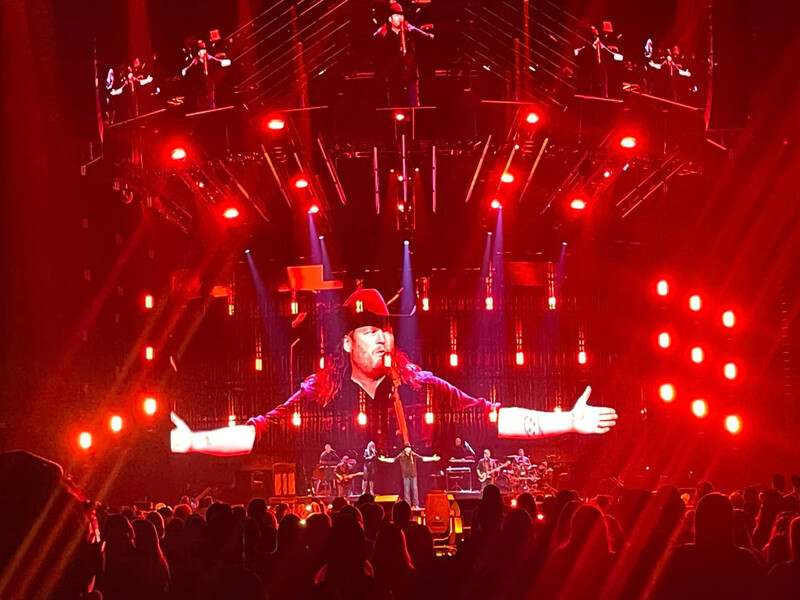
On the subject of virtual reality, your work on Sinatra Live at the London Palladium, was almost like time travel, bringing Old Blue Eyes back to life. How did that come about?
“That is probably a story that requires a whole separate conversation ! What a privilege and adventure it was to bring Frank back to that stage. In a nutshell, that show happened because the Sinatra Estate and the Director David Leveaux had a vision to use technology along with Frank’s powerful work to create a whole new kind of theatrical experience. We invented whole new methods and means on that show. In 2005 we were tracking automation data in media servers and automatically moving content. It was science fiction meet’s Sinatra’s gravitational force!”
Many of us feel that a really good thing about shows driven by A1 and other technologies is that, with their 3D qualities, they are more interactive. Do you foresee a future where shows become even more personally interactive so individual fans feel they’re actually on stage with Billy Joel or at a Honky Tonk with Blake Shelton?
“Entertainment is already delving into hybrid forms. Imagine a collision of Punch Drunk’s Sleep No More and a pop music experience. Take what Disney did with the immersive Star Wars hotel and apply it to a superfan experience with Taylor Swift. That’s programmatic thinking. From a tech perspective, as more devices enable real world every day Augmented Reality, entertainment experiences are going to become highly personalized, and it will be the utility power of AI that makes it possible.”
Presently, “AI driven” shows take place at large arenas. Do you think this technology will eventually influence shows at smaller 500-person venues?
“Absolutely. Producers like Disney, or Meow Wolf, or even artists in places like Art Basel are already deploying AI in much more intimate experiences, resulting in engagements that are incredibly flexible and immersive. We are working on activations for several large companies right now that are focused on exposing senior leadership to new AI experiences. These are high production value, AI infused engagements that will be experienced by 8 or 12 people at a time. This is going to be EVERYWHERE in terms of consumer retail experiences as well. AI becomes an engine that makes environmental immersion totally responsive, personal, and incredibly flexible.”
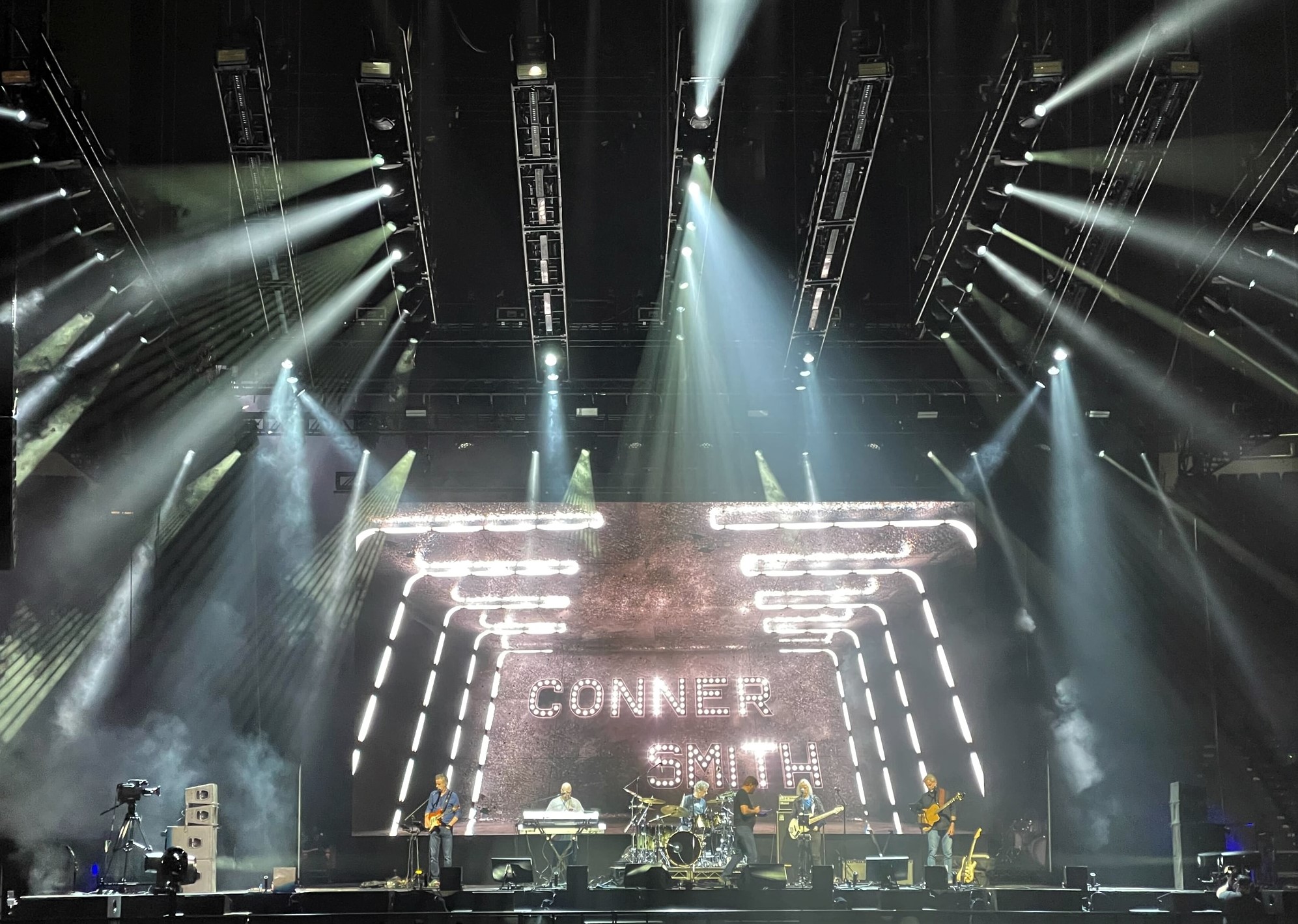
You and your wife Colleen started Mode Studios together in the 90s. What is the key to your successful collaboration?
“Lots of therapy ! (laughs). Seriously though I would caution everybody on the idea of being spouses, business partners, parents, and friends. It is hard work to balance those things, and that’s hard work on top of all the HARD WORK. She is as hard charging as I am, and we have made the space for the last 25 years to keep it all together, and still have enormous love and regard for each other.”
Why did you call it Mode Studios?
“In the beginning the company was Monarch Designs. But the name wasn’t resonating, and also, we got tired of being called for butterfly releases at weddings ! It was Colleen’s idea to take the first two letters of both words “MO” and “DE” and combine them.”
You’re on the Rolling Stone Culture Council. Can you tell us a bit about that?
“The Culture Council is an amazing organization. The magazine needed expert resources for stories, and wanted to also have a body of people who represent the cutting edge of cultural thinking across a lot of disciplines to be able to keep their own compass pointed to what the next big thing would be. The Council serves those needs. Council members get together a lot to discuss new developments, we also get asked to contribute quotes for stories and write our own feature articles as well.”
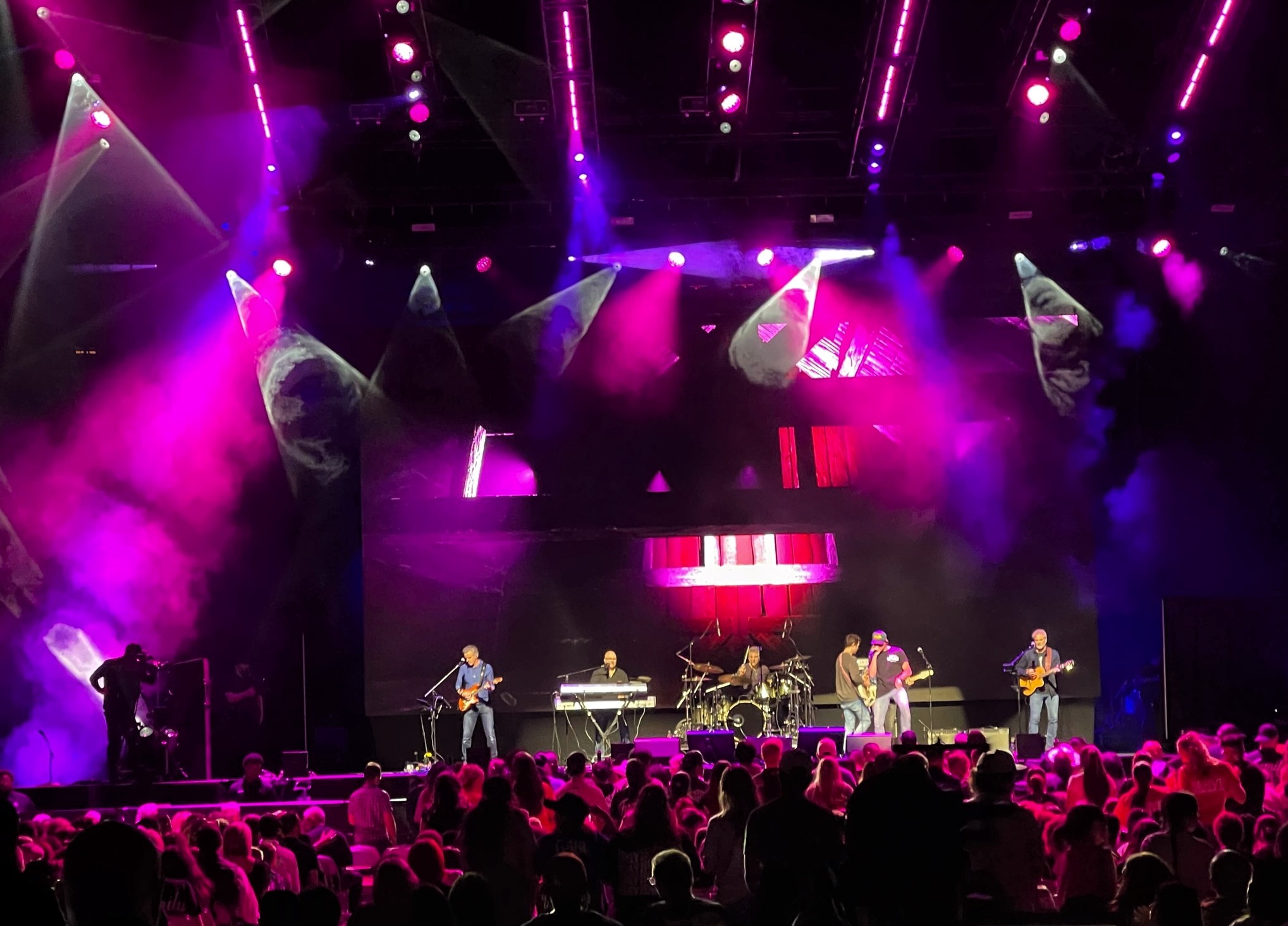
You’ve done quite a few major shows and tours. Was there one when you realized, “hey this metaverse thing is real?”
“I really think I was thinking the “metaverse was real” the moment I logged on to Prodigy from my NY apartment back in 1991, and became part of a multilevel, multiuser, cosplay RPG in Manhattan. It was digital elements meets real life experiences. It felt utterly new and appealed in deep hybrid ways… And that was like 30 plus years ago! But I was already thinking back then, how would this kind of thing intersect with theater, or buying things, or life.”
What is the one thing you want people to know about you as a creative?
“That none of my creativity is about me. The more I subtract me from any of my thinking, the better the result.”